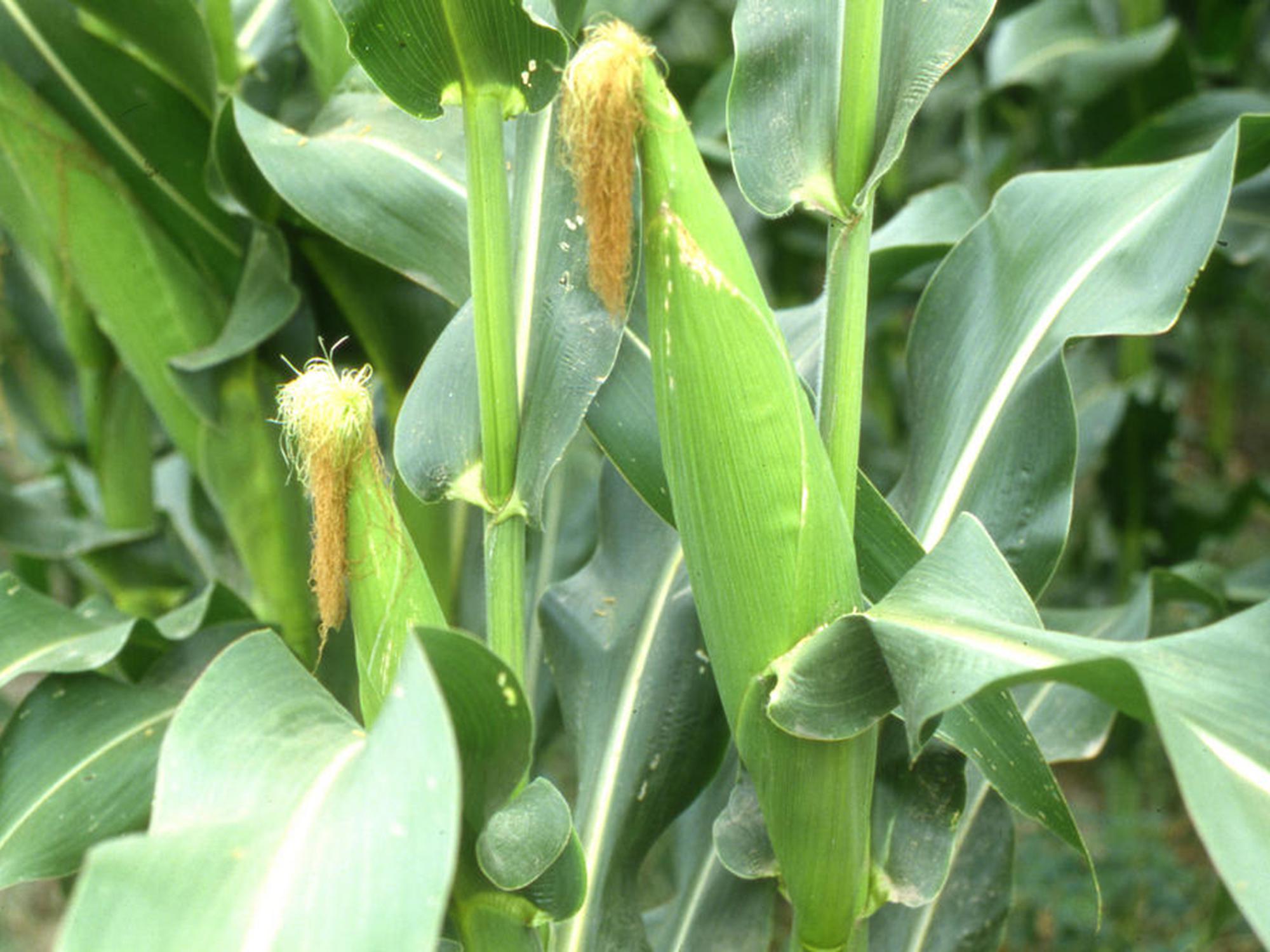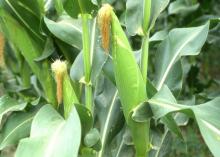Information Possibly Outdated
The information presented on this page was originally released on July 12, 2013. It may not be outdated, but please search our site for more current information. If you plan to quote or reference this information in a publication, please check with the Extension specialist or author before proceeding.
Challenges continue for state's corn crop
MISSISSIPPI STATE – If Mississippi’s corn growers thought planting season was a wild ride, they better fasten their seatbelts for harvest time.
Erick Larson, corn specialist with the Mississippi State University Extension Service, said wet fields and cooler temperatures last spring resulted in less-than-desirable corn stands, and these conditions often delayed or prevented growers from planting their intended corn acreage.
“Corn has little ability to compensate for the limitations, so we are just hopeful the rest of the season and harvest go smoothly and we harvest a decent crop. We are seeing some issues connected to the cool, wet conditions during the planting and seed germination periods,” he said. “The biggest story now is that we are significantly later than normal. Corn’s maturity is connected to heat unit accumulation, and we are about seven to 10 days behind. Last year, we were two to three weeks ahead of schedule, making this year drastically different from last year.”
Larson said later harvest dates open the door for many other problems or challenges.
“This crop will be much more dependent than normal on July and August weather,” he said. “That is not good, because July and August are typically hot and dry, which will reduce productivity.”
Larson said since the crop is late, it may also be more vulnerable to fall rains or even tropical storms that can result in yield losses and field damage during harvest.
“Our typical stale-seedbed tillage system also depends on suitable conditions for fall tillage, which may be restricted if we have a wet fall, as well as late crops,” he said.
Larson said early-July rains were helpful around Lowndes and Noxubee counties, but the Delta and most hill counties have remained dry with only isolated showers.
“Showers have been very localized, mostly in the east-central part of the state and extending south,” he said. “Rainfall is beneficial, even in fields with irrigation, because rains usually bring cooler temperatures, wet the soil more efficiently and save energy.”
Jerry Singleton, area agronomics crops agent based in Leflore County, said corn has made significant progress since the first of May, but that is not necessarily saying much.
“Considering the weather we were dealt in March and April, we are doing pretty well,” he said. “We don’t have the corn crop that we had this time last year. Some fields are almost that good but not overall. It is going to be hard to improve much more in the days ahead.”
Dennis Reginelli, area agronomics crops agent based in Oktibbeha County, said early corn has grown well despite struggles farmers had applying nitrogen, which could have impacted ear diameter and reduced yields.
“Farmers planted a few fields in March if they could get into them. Then rains started and delayed planting until mid-April. Then more rain delayed other fields as late as the middle of May but only if they had access to irrigation,” he said.
Reginelli said producers switched some fields to cotton or soybeans.
“Some farmers opted for a fallow year to let the field rest a season,” he said. “Insurance payments give farmers that option with a little income without wasting time, money and effort for a gamble.”
News Story Contact
Your Extension Experts
Related News
Pages
Related Publications
Pages
- « first
- ‹ previous
- 1
- 2
- 3
- 4




